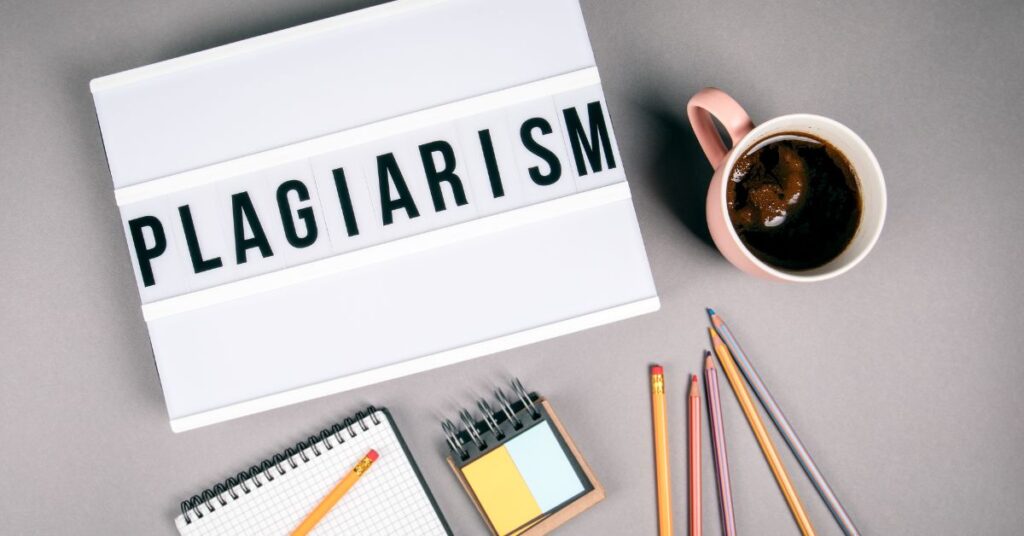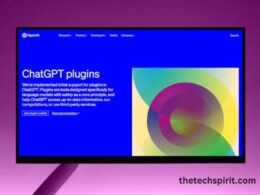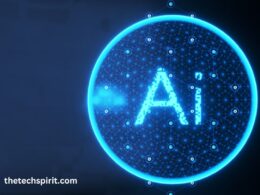Table of Contents
What is Canvas?
Canvas is a popular learning management system (LMS) used by many schools and universities. It provides features like document hosting, grade books, discussion boards, and crucially, plagiarism detection.
Institutions use Canvas to distribute assignments and monitor student work for academic misconduct. Read out to learn more about Can Canvas Detect ChatGPT.
What is ChatGPT?
ChatGPT is an artificial intelligence system launched by OpenAI in November 2022. It is a conversational agent that can generate human-like text on a variety of topics through machine learning algorithms.
How ChatGPT Works
ChatGPT is trained on vast datasets of online text and conversations to learn how to have natural dialogues. It uses machine learning techniques like transformer models to generate responses based on patterns in the training data.
The key advantage of ChatGPT is its ability to produce detailed, human-sounding long form text on most topics.
How Canvas Checks for Academic Dishonesty
Canvas has built-in similarity detection to catch plagiarized work. When students submit assignments, Canvas compares it against several databases like websites, academic journals, and previously submitted student work. It highlights areas of overlap and generates a “similarity score.” Scores over 15% are flagged for instructor review.
Canvas uses Turnitin as its underlying plagiarism checker. Turnitin has access to billions of web pages, academic papers, and student works. It is constantly updating its databases to detect text generated by new methods like AI.
Limitations of Canvas’ Plagiarism Detection
Canvas’ systems are not foolproof. AI-generated text is designed to be human-like and original, so it can evade plagiarism checks more easily.

Systems like ChatGPT paraphrase and summarize ideas in their own words instead of copying verbatim. This allows them to produce unique essays that may score low on similarity despite being artificially manufactured.
Checking for plagiarism relies heavily on the instructor’s discretion and expertise. Skilled academics are better positioned to identify text that seems suspiciously eloquent or advanced for a particular student’s level.
However, oversight is still difficult with AI’s rapid improvements in creating authentic, original-sounding writing.
Tips for Using AI Ethically on Assignments: Can Canvas Detect ChatGPT
- Don’t plagiarize: Never copy large sections of AI text directly. Use it for inspiration but write in your own words.
- Cite your sources: If you include any ideas you gained from AI, cite it appropriately just like any other source.
- Use AI ethically: Think critically about the purpose of assignments and use AI tools responsibly to enhance your learning.
- Be original: Lean on your knowledge and perspective. AI should complement your work, not replace original human thinking.
The Future of AI in Education
AI will only grow more advanced and accessible to students.

Rather than an outright ban, schools should establish clear policies and educate students on using AI ethically.
Teachers also need upskilling on AI capabilities to better detect its use.
Open communication around AI and proactive training is key to harnessing its benefits while upholding academic integrity. This will ensure education continues to accomplish its ultimate purpose—enriching human minds.
Conclusion
ChatGPT poses a novel challenge for plagiarism detection in Canvas. Its ability to generate human-like writing makes it difficult for current similarity detectors to flag.
Through critical analysis and discretion, instructors can still identify work that relies too heavily on artificial intelligence. Promoting AI literacy and ethical use will enable students to utilize these powerful tools responsibly.
FAQs
Is using ChatGPT considered cheating?
Using ChatGPT to generate significant portions of an assignment is considered academic dishonesty. Students should never present AI-written text as their original work. However, responsibly using ChatGPT as an assistant can be an ethical study aid if cited properly.
How can professors tell if an essay is written by AI?
Warning signs include uncharacteristic vocabulary or sentence structure for the student, inconsistencies in writing style, and advanced analysis beyond expectations.
However, detection relies heavily on the instructor’s intimate knowledge of a student’s abilities. AI-generated text can often pass as human.
What is the best way for students to use ChatGPT without cheating?
Use ChatGPT ethically by asking for explanations of concepts you don’t understand or requesting examples to guide your process. Make your learning a priority, not grades. And never copy blocks of its text directly – summarize ideas in your own words instead.
Should schools ban ChatGPT?
Banning ChatGPT is likely infeasible and counterproductive. A more sustainable approach is to foster open discussions around AI and equip students with critical thinking skills to use the technology appropriately. Schools should update academic policies to align with emerging technologies.
How can Canvas improve the detection of AI-written assignments?
Canvas could improve detection by updating Turnitin to compare writing against the latest AI models and weighting pattern analysis more heavily over plagiarism scores.
More stringent screening of new student writing samples may also help train systems on each individual’s natural style over time.









